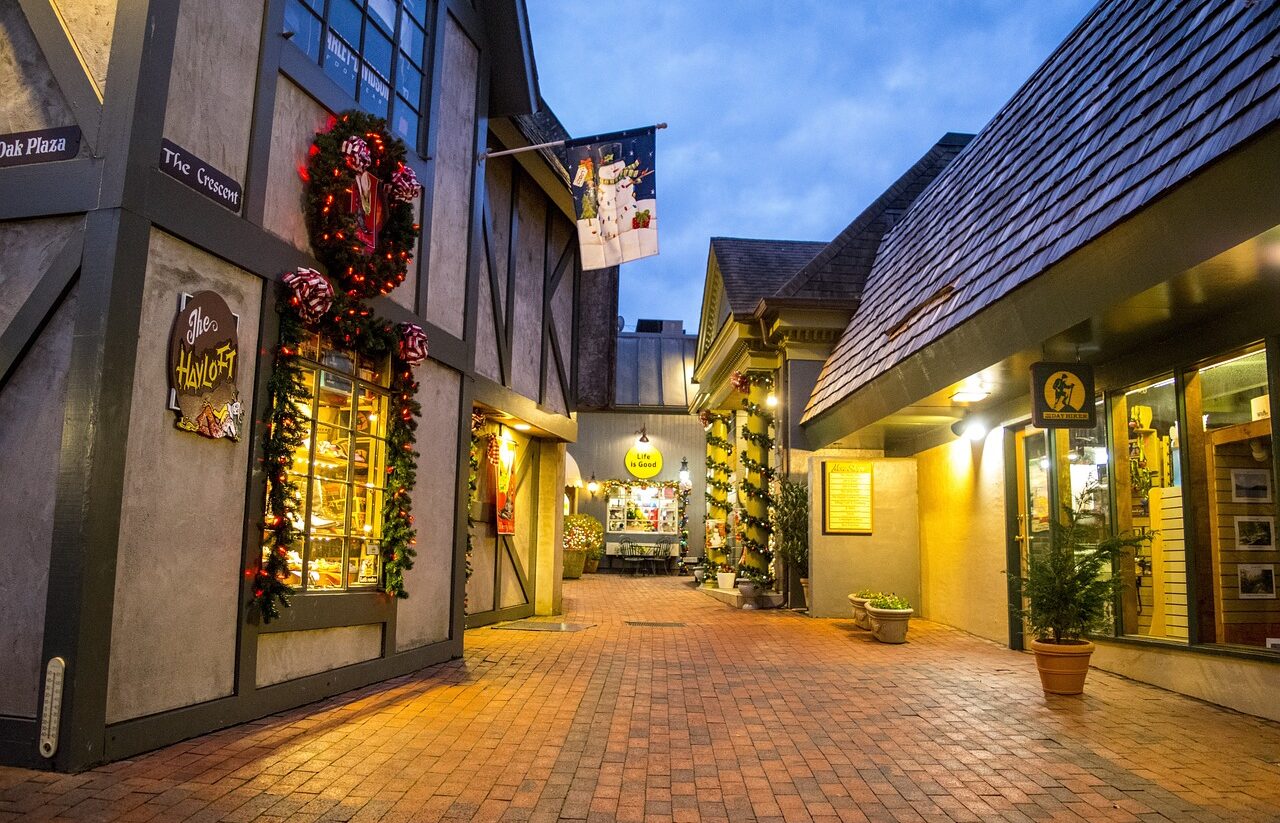Federal Resources for Scenic Gateways
The National Park Service offers guidance for gateway communities on how to develop vibrant economies while also conserving natural, cultural, and recreational assets. Of note, the Federal Lands Access Program (FLAP) directs funds from the FHWA Highway Trust Fund to improve transportation facilities that provide access to, are adjacent to, or are located within federal lands. Every year, projects throughout the country are awarded FLAP funding, which must be matched by state and local funds.
In addition to FLAP, there are other federal grant programs that can be used to support improvements in gateway communities. Most notable are the NPS Preserve America Grants, which are “designed to support a variety of activities related to heritage tourism and innovative approaches to the use of historic properties as educational and economic assets.” These grants specifically fund research and documentation, interpretation and education, planning, marketing, and training. Historically, these matching grants can range in value from $20,000 to $250,000. However, the Preserve America program, while still federally authorized, is not currently funded.
There are related funding programs that are still active and managed by the National Park Service, such as the African American Civil Rights Grants, the Historic Revitalization Subgrant Program, and Underrepresented Community Grants. While small, these specialized grant programs represent an underused resource for supporting gateway community development.

Supporting Pro-Scenic Policies
Tools to support responsible development in gateway communities range from voluntary compliance by way of example or pressure (from neighbors, peers, customers, and enlightened competitors) to prescriptive local regulations such as scenic overlay zones.
These zones, which supplement underlying zoning to preserve or enhance outstanding views defining a visual standard, are approved by a majority of property owners in a defined district and are another method of leveraging change. One such example is an ordinance in Charlotte, Vermont, a gateway community on Lake Champlain.
This approach builds in adequate due process by affording property owners the option of finding support for an alternative if they can muster the votes while providing the local jurisdiction with the prerogative for action. Invariably, the “positive” examples of national park gateway corridors and communities arise when there is a combination of factors in play, such as passionate and astute leadership, collaboration among affected stakeholders, and a shared vision. Equally important is voluntary compliance, when legislated restrictions or regulatory approaches are not politically viable. Where the political will does exist, effective local planning and zoning (including guidance and restrictions affecting commercial signage, cell towers, utility lines, architectural treatments, and vulnerable environmental resources) can be applied.